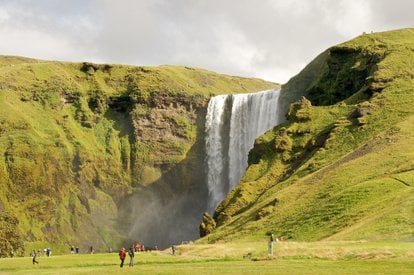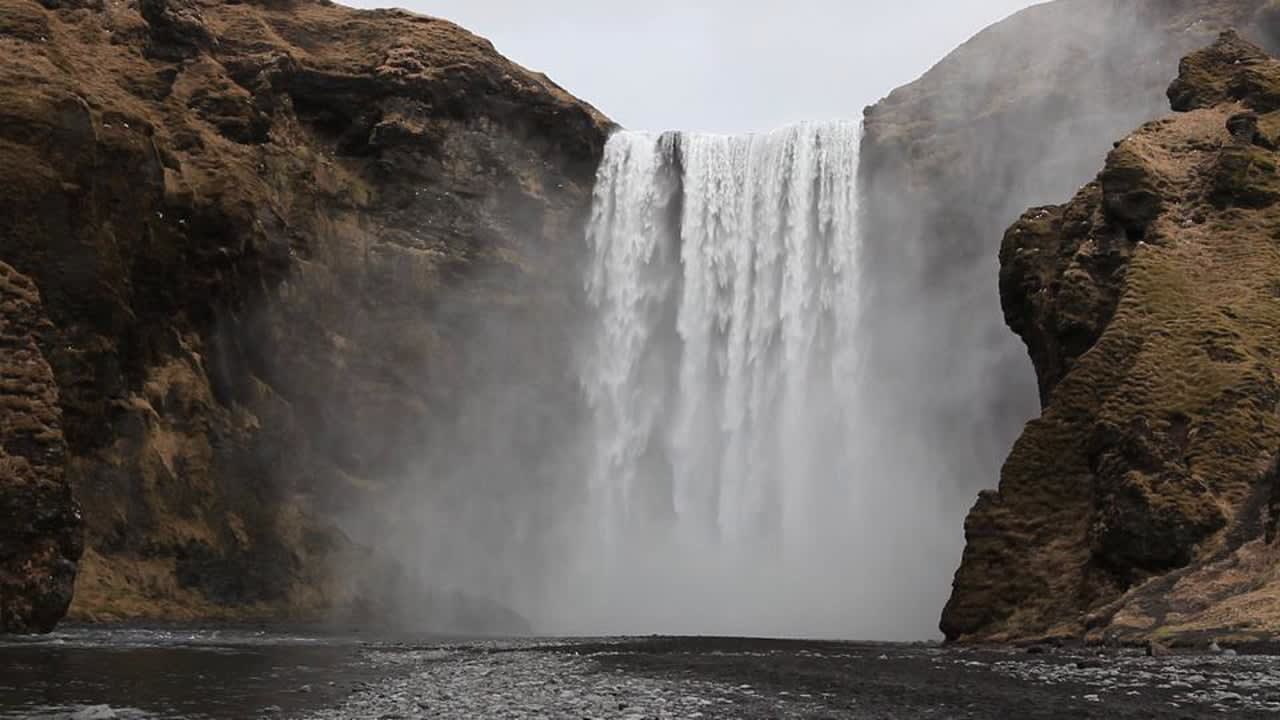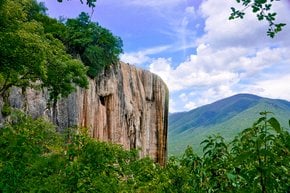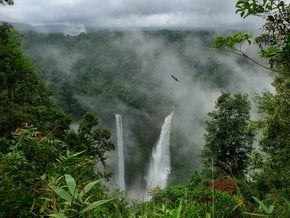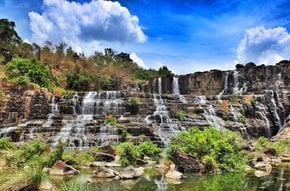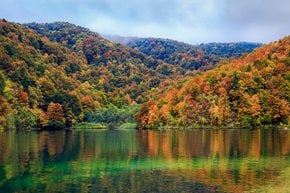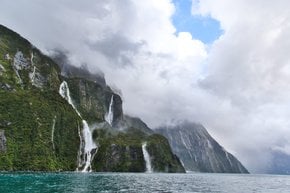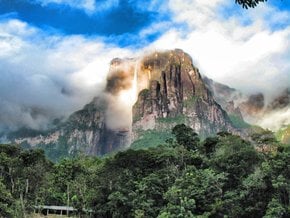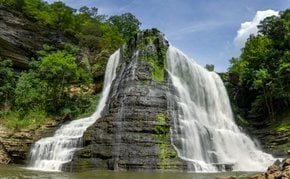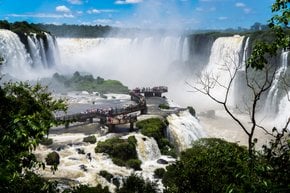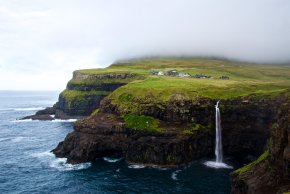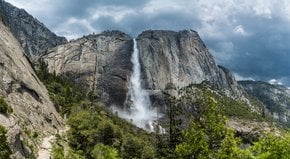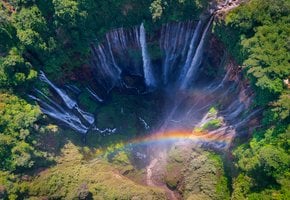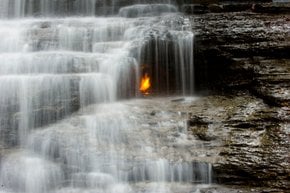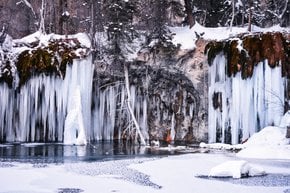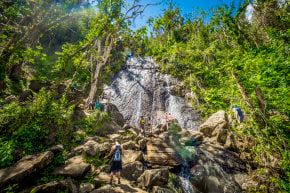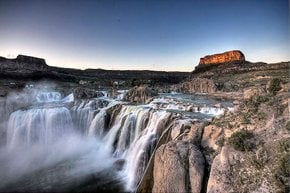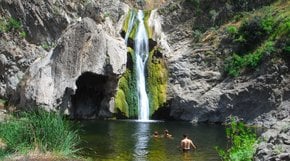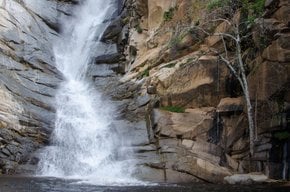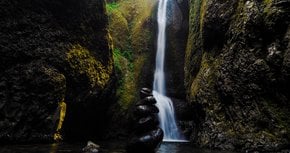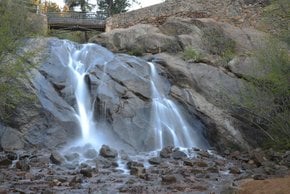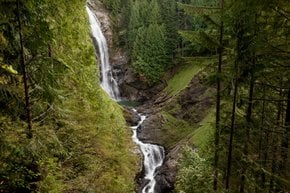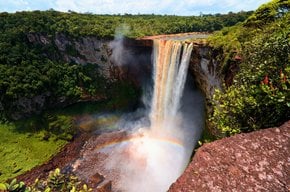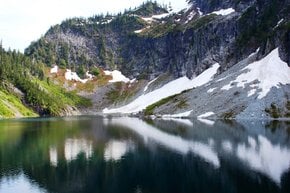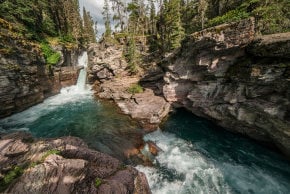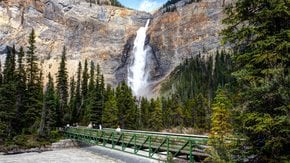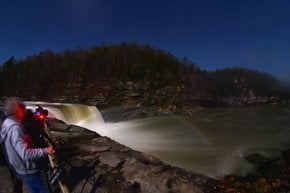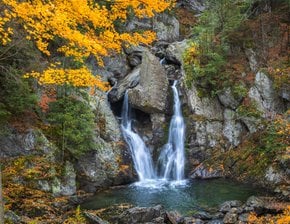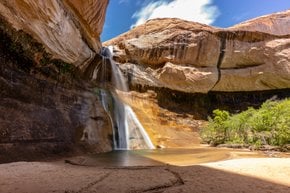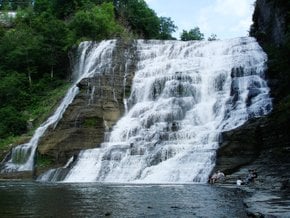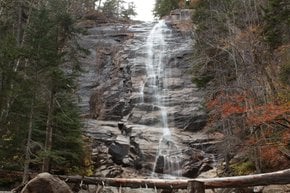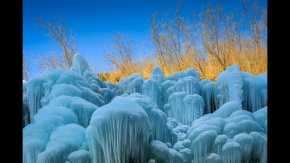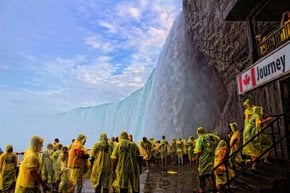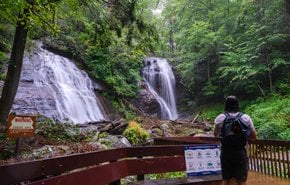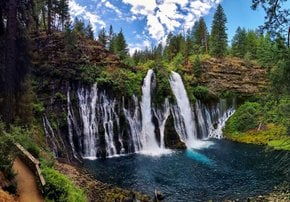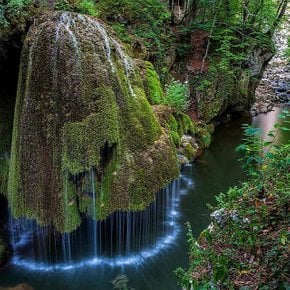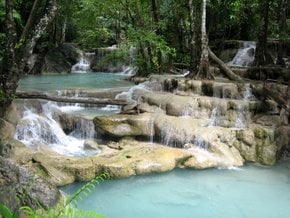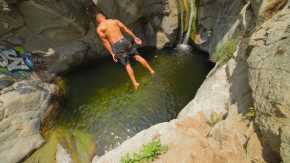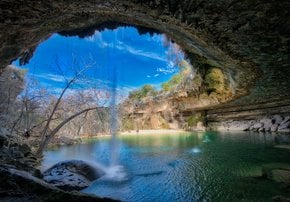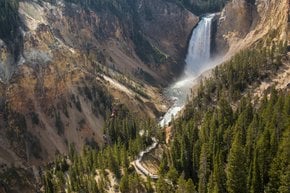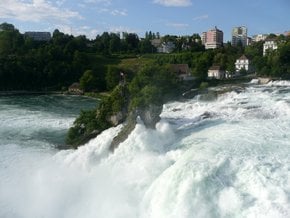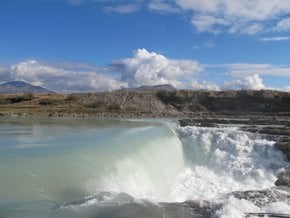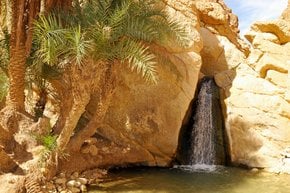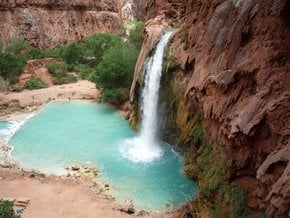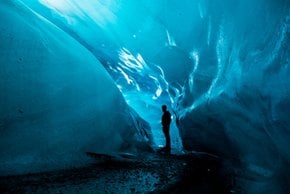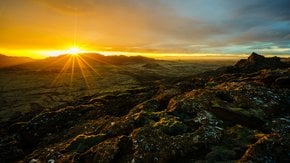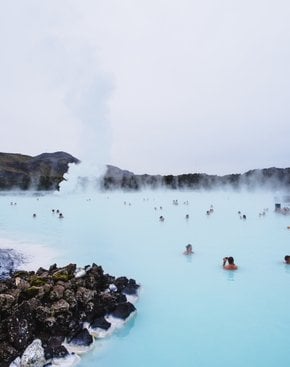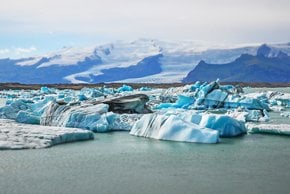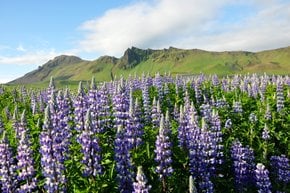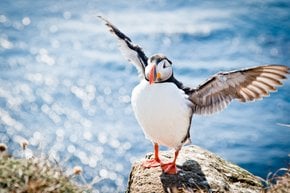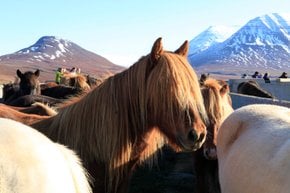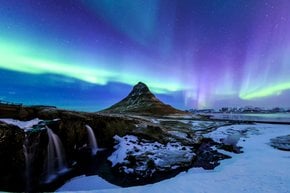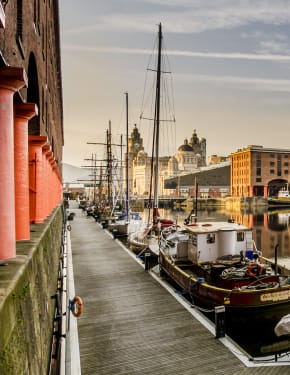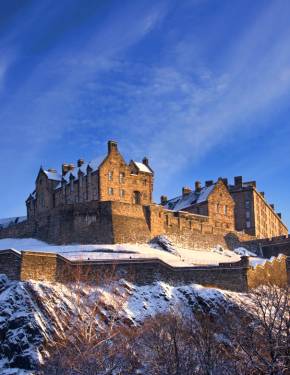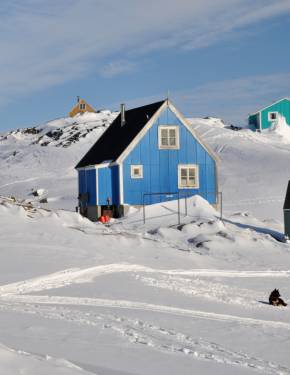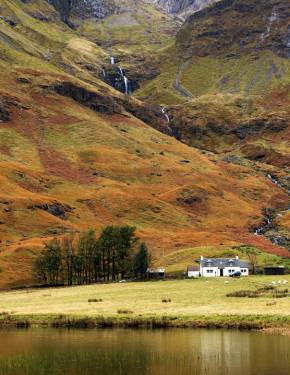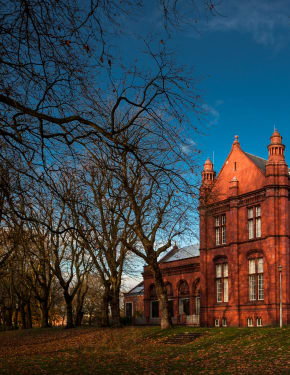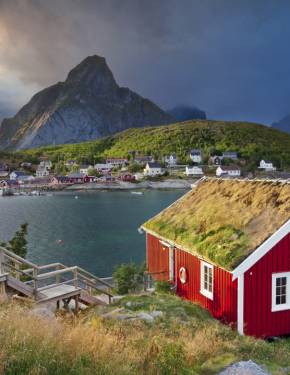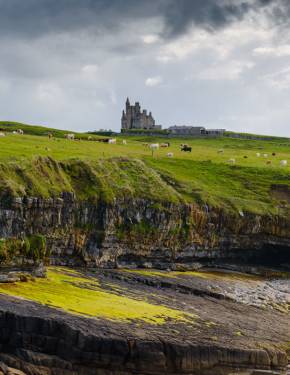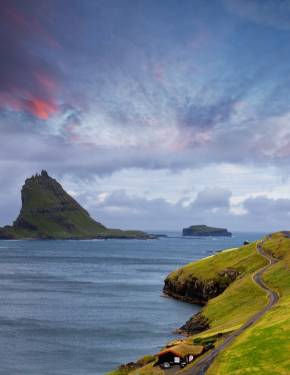Waterfalls in Iceland 2026
With over 10,000 waterfalls, Iceland literally overflows with torrents and rapids
Best time: late May–early September
Iceland is called a waterfall country for a reason. The sheer number of its waterfalls, which is 10,000 plus, is mind-blowing. However, as you see those displays of nature, you'll realize that Iceland waterfalls take various forms, so you won't get bored exploring them. People often wonder why Iceland has that many falls, and the reason is the North Atlantic climate combined with an Arctic location. The former brings frequent rain and snow, whereas the latter results in large glaciers which melt and feed the rivers in the summer.
Best time to visit waterfalls in Iceland
For the utmost experience, visit between late May and early September. You'll be rewarded with the largest volumes of roaring water, rainbows forming in the falls in the sunny weather, a variety of hiking trails, and warmer temperatures. Additionally, if you come in June or July, you could bathe in the midnight sun. Also, during the warmer months, you will have access to a wider range of vantage points all across Iceland.
Gullfoss
The iconic Gullfoss translated as "Golden Falls" is the most popular waterfall located on the Golden Circle sightseeing route in Southwest Iceland. Straddled into two cascades, the waterfall thunders 105 feet (32 m) down the Hvítá River Canyon. During the peak runoff in summer, nearly 459 cubic feet (140 cubic m) of water tumble down into the great Gullfossgjúfur Canyon every second. So expect to get drenched by the fall's powerful spray if you dare to come closer.
Dettifoss
The second favorite one is the magnificent Dettifoss, nestled in Vatnajökull National Park, North Iceland. It makes up a part of another famous route called Diamond Circle. The waterfall has a drop of 150 feet (45 m) and a width of 330 feet (100 m). But what really makes it special is the head-spinning 6,186 cubic feet (193 cubic m) of water surging down into Jökulsárgljúfur Canyon every second. Such a tremendous water discharge makes Dettifoss the largest waterfall in Iceland and the most powerful one in Europe.
Skógafoss
Skógafoss is another must-see waterfall on these lands of barren beauty. Renowned among Iceland's biggest waterfalls, Skógafoss drapes 197 feet (60 m) long and 82 feet (25 m) wide into the Skógá River. The mighty waterfall is incorporated in most South Coast tours, but you can also rent a car and easily access this impressive site by the Ring Road.
Seljalandsfoss
Seljalandsfoss closes out the list of top waterfalls in Iceland, being one of the most photographed sights on the island, for it allows you to walk behind the silken cascades and take fantastic shots. Seljalandsfoss plummets 200 feet (60 m) down into the Seljalandsá River. Just like Skógafoss, it's one of the South Coast tours' highlights and can be reached by the Ring Road.
Note that the most famous waterfalls in Iceland tend to draw heavy crowds, especially during the peak of the summer season. So don't hesitate to go off the beaten track and explore less-known and more secluded locations. Or pick shoulder and low seasons, when the country sees fewer travelers.

